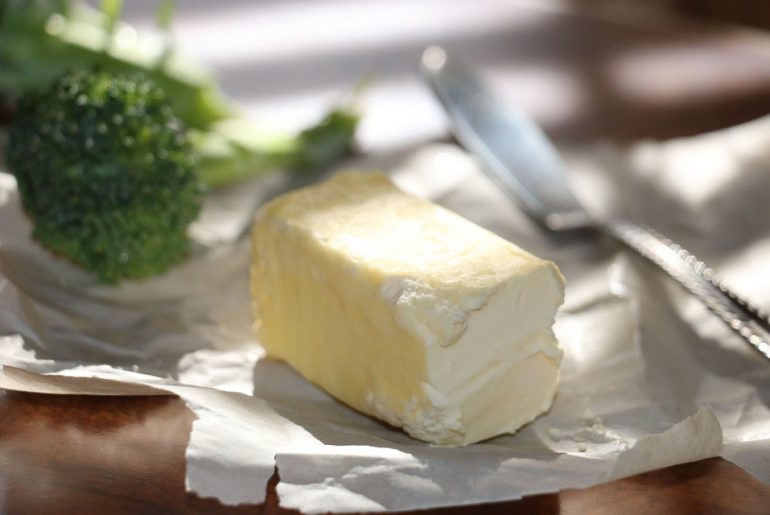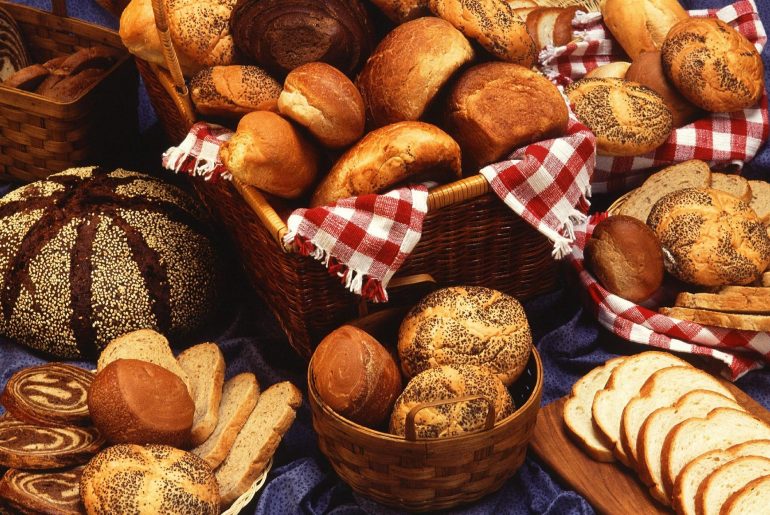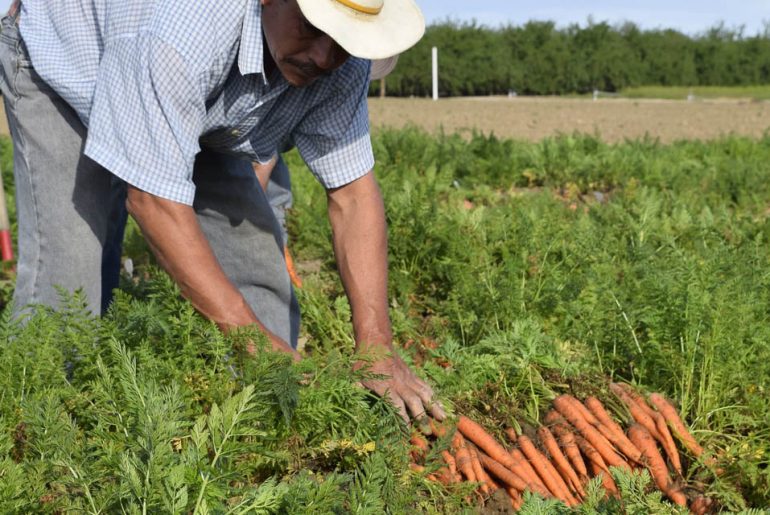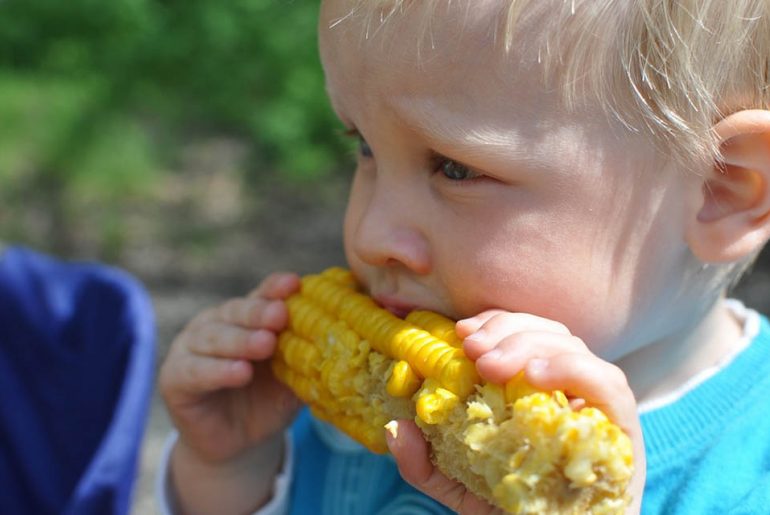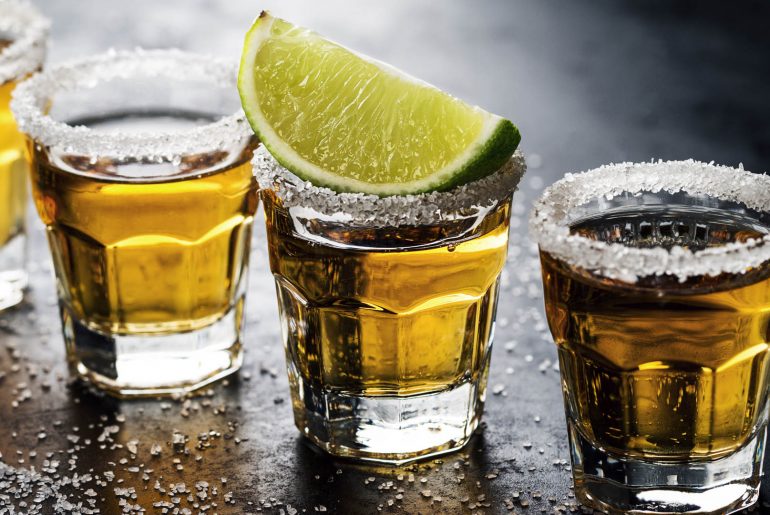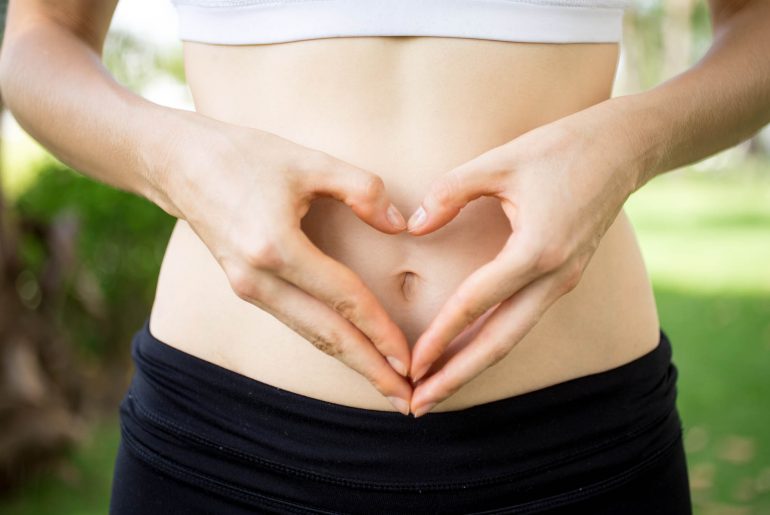“I find it fascinating that most people plan their vacation with better care than they do their lives. Perhaps that is because escape is easier than change.” – Jim Rohn, motivational speaker
The reason most of us don’t live as healthy a lifestyle as we want isn’t because we don’t know what we need to do to get on the wellness track.
It’s because we hate changing those things that are most comfortable to us.
Those comforts include eating burgers and fries and sweet, sugary foods, sitting down to watch a good show on television, and not pushing ourselves physically past what is easily accomplished.
There is no guilt or shame for that; it is just part of the human condition.
But when our lack of a healthy lifestyle starts to nag at us, either in the form of surfacing health issues, a growing waistline, or general lack of energy, we make big resolutions for dramatic change.
We decide we will jog, we will lose 30 pounds, we will eat only salads. We go a little crazy with our self-declarations. And then we fail. We feel miserable. We get a big bag of rippled potato chips and escape to a marathon of viewing Downton Abbey.
You can get yourself out of this cycle by planning to change your life with a series of small goals, slowly and surely replacing bad habits with healthier ones. It’s fine to set big, long-term goals; in fact, it helps to know what you want to achieve as your ultimate destination. But once you know the big score, break the life-change goals down into little ones.
It will take more time than you might think for one new habit to become such a part of your lifestyle that you do it without thinking. It is a myth that such changes happen in just two or three weeks.
The most comprehensive research into changing habits took place in 2009 at University College London when Dr. Philippa Lally and her colleagues got 96 people interested in making lifestyle changes to participate in a study1. The changes the subjects wanted to make were small. They include eating a piece of fruit with lunch each day or running for 15 minutes a day. The participants were monitored and questioned daily about their behavior with the goal of finding out how long it took them to find they could do the task without thinking and then when they found the behavior hard not to do.
On average, it took 66 days for them to start performing the life change task automatically. There also seemed to be a relation in how long it took based on the difficulty of the task. For example, jogging for 15 minutes was harder to become automatic than drinking a glass of water with breakfast.
What steps can you take to shorten the time and get your life back on the road to wellness?
The United States Department of Health and Human Services, in a publication called Changing Your Habits: Steps to Better Health,2suggests there are four stages we go through when we are changing a health behavior.
They are:
- Contemplation (“I’m thinking about it”)
- Preparation (“I have made up my mind”)
- Action (“I have started to make changes”) and
- Maintenance (“I have a new routine”).
Staying on track with healthy habits is easier, they suggest, if you track your progress by keeping a journal or writing down your progress. Have a strategy in place when barriers block the changes you want to make in your life. And when you succeed, reward yourself (but not with high calorie treats) and stay positive, happy that you have started down the right road.
Sources:
- Lally, P., van Jaarsveld, C. H. M., Potts, H. W. W. and Wardle, J. (2010), How are habits formed: Modelling habit formation in the real world. Eur. J. Soc. Psychol., 40: 998–1009. doi: 10.1002/ejsp.674
- Changing Your Habits: Steps to Better Health, U.S. Department of Health and Human Services
http://www.win.niddk.nih.gov/publications/PDFs/Changing_Your_Habits.pdf



